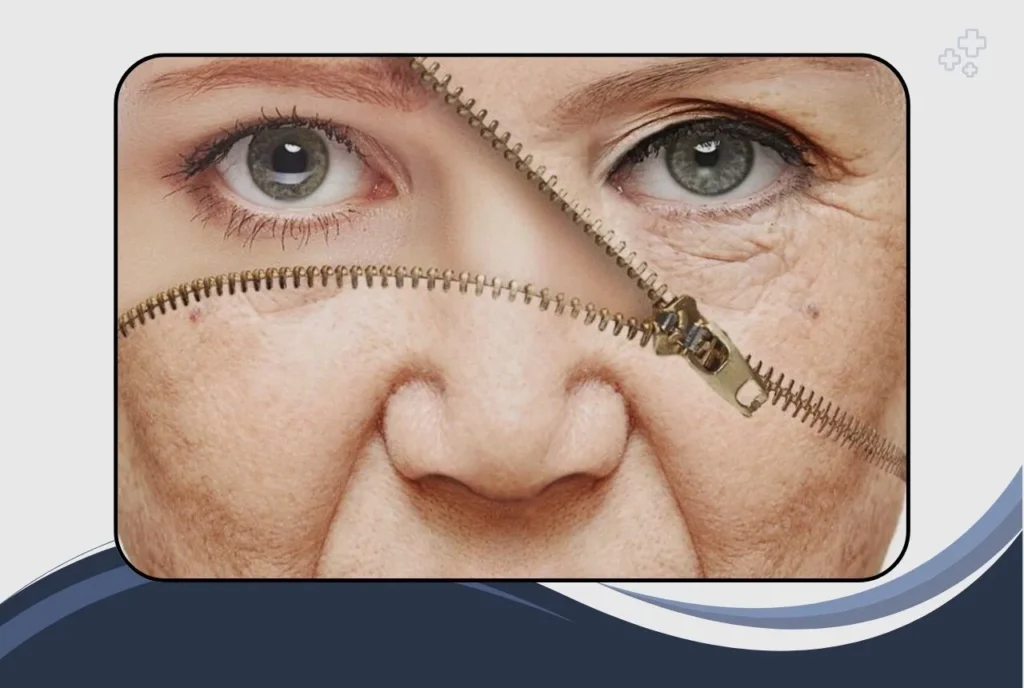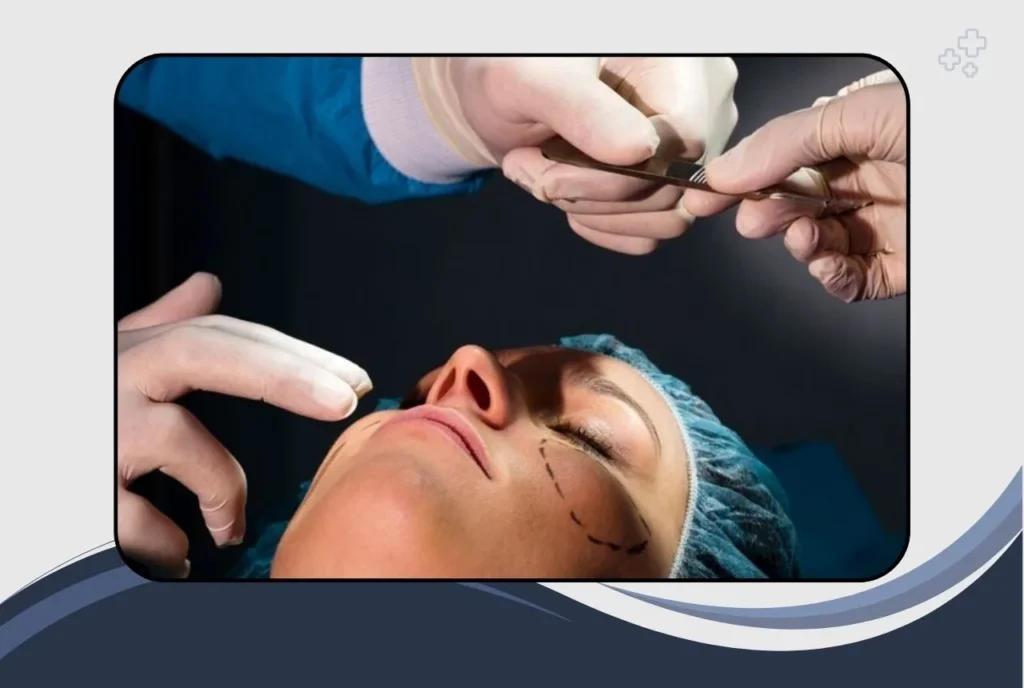Plastic surgery is a specialized field of medicine that focuses on the reconstruction, enhancement, and correction of the human body. Its origins trace back to ancient civilizations like India and Egypt, where early surgical techniques were developed for nose reconstruction and wound treatment. Over the centuries, plastic surgery has evolved dramatically. Today, it includes both cosmetic procedures for aesthetic enhancement and reconstructive surgeries for medical restoration.
Modern plastic surgery addresses more than just appearance. It plays a crucial role in restoring normalcy after trauma, illness, or congenital defects. From improving facial symmetry to rebuilding tissue after cancer treatment, plastic surgery serves a dual purpose by boosting self-image and reviving function.
Plastic surgery, encompassing both cosmetic and reconstructive procedures, provides transformative benefits in appearance, health, and overall quality of life.
Understanding the Core Categories of Plastic Surgery
Plastic surgery is a dynamic blend of science, art, and medical innovation. As a medical specialty, it is divided into two core categories: cosmetic surgery, which enhances appearance, and reconstructive surgery, which restores form and function after injury, illness, or congenital issues.
Cosmetic procedures are often elective and focus on improving symmetry, proportion, and youthfulness. Reconstructive procedures are medically necessary and designed to correct defects or restore functionality. Thanks to advancements in 2025—such as robotic surgery, 3D imaging, and minimally invasive techniques, these surgeries are now safer and more accessible than ever.
Each surgical plan is tailored to the patient’s needs, whether the goal is aesthetic improvement, functional restoration, or both.
Types of Plastic Surgery
Plastic surgery encompasses a wide range of procedures that can be grouped into two broad categories:
Cosmetic Surgery
- Facial Aesthetic Surgery: Includes procedures like facelifts, rhinoplasty (nose reshaping), and eyelid surgery to rejuvenate or enhance the facial features.
- Body Contouring: Includes liposuction, tummy tucks, and arm lifts to sculpt and tone the body, especially after weight loss or pregnancy.
- Breast Surgery: Involves augmentation, lifts, and reduction to improve breast size, shape, or symmetry.
- Reconstructive Microsurgery: Uses intricate techniques to repair damaged tissues, often after trauma or cancer treatment.

Reconstructive Surgery
- Burn Surgery: Focuses on healing burn wounds, reducing scarring, and restoring mobility.
- Hand Surgery: Restores function and appearance in hands affected by injury or deformities.
- Craniofacial Surgery: Corrects congenital conditions like cleft lips or trauma-related facial deformities.
- Breast Reconstruction: Restores breast appearance following mastectomy, using implants or natural tissue.

Benefits of Plastic Surgery
The benefits of plastic surgery go far beyond physical appearance. They can be both functional and emotional, significantly improving quality of life:
- Enhanced Appearance: Cosmetic surgery helps individuals look more youthful and feel more confident.
- Restoration of Function: Reconstructive procedures improve physical abilities such as speech, movement, and sensation.
- Rebuilding After Trauma: Essential for patients recovering from injury or congenital deformities, helping them regain normal body functions and appearance.
- Psychological Well-being: Many individuals report improved self-esteem and social confidence after surgery.
A Closer Look at Cosmetic Surgery
1. Facial Aesthetic Surgery
Procedures such as rhinoplasty, facelifts, and eyelid lifts help improve facial harmony and reverse signs of aging. With the popularity of non-invasive techniques rising, more people are opting for subtle enhancements with quicker recovery times.
2. Body Contouring
Procedures like liposuction, tummy tucks, and arm lifts are popular after weight loss or childbirth. These surgeries redefine the body’s silhouette and boost self-confidence.
3. Breast Surgery
Includes augmentation, reduction, and lifting procedures. While often cosmetic, they can also relieve physical discomfort caused by overly large breasts or address asymmetry.
4. Reconstructive Microsurgery
Specialized techniques used to restore tissue after trauma, cancer, or congenital conditions. It combines aesthetic outcomes with functional improvement, often used in complex facial or limb repairs.
A Closer Look at Reconstructive Surgery
1. Burn Surgery
Restores damaged skin, improves function, and reduces scarring. It plays a key role in physical and emotional recovery for burn survivors.
2. Hand Surgery
Corrects injuries, congenital defects, or conditions like carpal tunnel syndrome. It restores fine motor skills and dexterity essential for daily tasks.
3. Craniofacial Surgery
Treats facial birth defects like cleft lips or palates and repairs trauma-related deformities. These procedures significantly improve speech, breathing, and facial symmetry.
4. Breast Reconstruction
Rebuilds the breast’s shape after mastectomy. It can be performed immediately or later, helping restore confidence and body image after cancer recovery.
A Brief History of Plastic Surgery
The history of plastic surgery is a remarkable journey of innovation, compassion, and scientific progress. From ancient practices to advanced modern techniques, the evolution of this medical specialty reflects humanity’s enduring commitment to healing and transformation.
- Ancient Foundations
Plastic surgery can trace its roots to ancient India, where the pioneering physician Maharshi Sushruta is widely regarded as the Father of Plastic Surgery. He documented complex procedures such as nasal reconstruction and skin grafting as early as the 6th century BCE. For those curious about who was Sushruta, he was an esteemed ancient Indian surgeon whose advanced medical techniques were centuries ahead of their time. His surgical knowledge is preserved in the Sushruta Samhita, one of the most comprehensive and important Sushruta books, which continues to influence reconstructive surgery practices even today. - Wartime Advancements
Significant progress in plastic surgery took place during World War I. Surgeons like Sir Harold Gillies developed innovative techniques to repair severe facial injuries in wounded soldiers. These efforts established the foundation for modern reconstructive and craniofacial surgery and transformed the way plastic surgery was perceived and practiced. - Modern Breakthroughs
In the 21st century, plastic surgery has embraced cutting-edge advancements such as laser treatments, microsurgery, robotics, and 3D printing. These innovations have improved precision, reduced recovery time, and expanded the possibilities of both cosmetic and reconstructive procedures. To honor the global impact of this field, World Plastic Surgery Day is observed on July 15 each year. This occasion pays tribute to pioneers like Maharshi Sushruta and celebrates the progress and promise of modern plastic surgery.

From ancient surgical manuscripts to robot-assisted operations, plastic surgery has evolved into a highly sophisticated discipline that enhances both appearance and quality of life. The legacy of Maharshi Sushruta, the Father of Plastic Surgery, continues to inspire surgeons and heal lives across the world.
Key Risks and Considerations
While plastic surgery offers many benefits, it is essential to be aware of the potential risks:
- Infection: A common risk with any surgical procedure.
- Scarring: Some scarring is inevitable, though modern techniques aim to reduce its visibility.
- Anesthesia Complications: Though rare, complications can occur during general or local anesthesia.
- Asymmetry or Unsatisfactory Results: In some cases, revision surgery may be needed.
Always consult a certified and experienced plastic surgeon. Setting realistic expectations and following post-operative care instructions is crucial for optimal results.
Is Plastic Surgery Right for You?
If you are considering plastic surgery, it’s important to reflect on your motivations and overall health. A consultation with Maxillofacial Surgeon Dr. Rahul Gogoi will help assess your options and guide you toward the best decision.
Factors to consider include:
- Your physical and mental health
- Realistic expectations
- The recovery process and costs
- Long-term maintenance or revision procedures
With the right guidance and mindset, plastic surgery can be a rewarding and transformative journey.
FAQs About Plastic Surgery
Is plastic surgery safe in 2025 with modern technologies?
Yes, advancements in technology and surgical protocols have made procedures safer and more predictable.
What is the recovery time for common procedures?
Recovery varies by procedure. Minor surgeries may take a few days, while major operations can require weeks or months.
Can insurance cover reconstructive surgery?
Yes, reconstructive surgeries are often covered by insurance, unlike elective cosmetic procedures.
What is the difference between cosmetic and reconstructive surgery?
Cosmetic surgery enhances appearance, while reconstructive surgery restores form and function after injury, illness, or defects.
How do I choose the right plastic surgeon?
Look for board certification, experience in your desired procedure, and positive patient reviews. A consultation with Maxillofacial Surgeon Dr. Rahul Gogoi can help you understand your options and ensure you are in expert hands.
Final Thoughts on Plastic Surgery
Plastic surgery goes beyond altering physical appearance. It plays a significant role in restoring confidence, improving bodily function, and enhancing overall emotional well-being. Whether the goal is to refine facial features, reshape the body, or recover after trauma or illness, plastic surgery offers transformative possibilities.
The field combines medical science with artistic precision, allowing for highly personalized treatment plans that align with each individual’s needs. By understanding the various types of plastic surgery and consulting with qualified, experienced professionals, individuals can make well-informed decisions.
With realistic expectations, proper aftercare, and a clear vision of desired outcomes, plastic surgery can lead to safe, effective, and lasting improvements that positively impact both appearance and quality of life.

